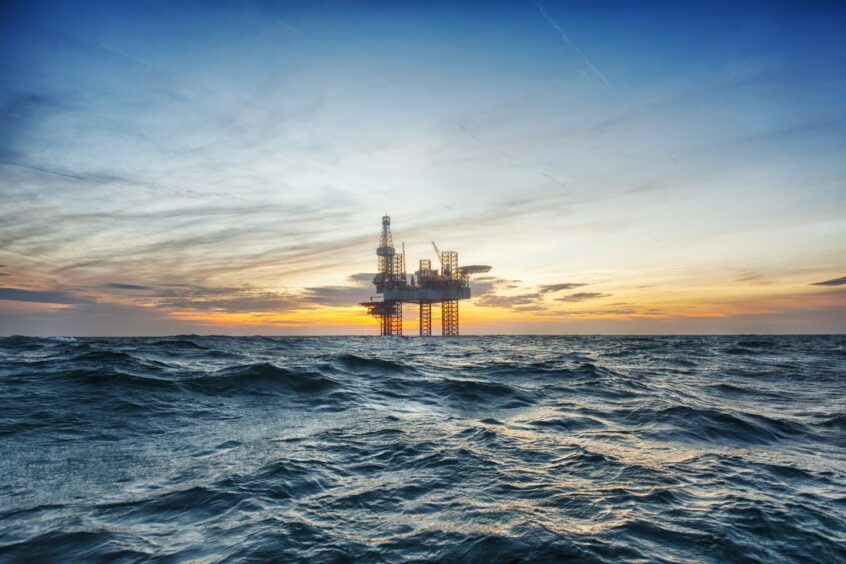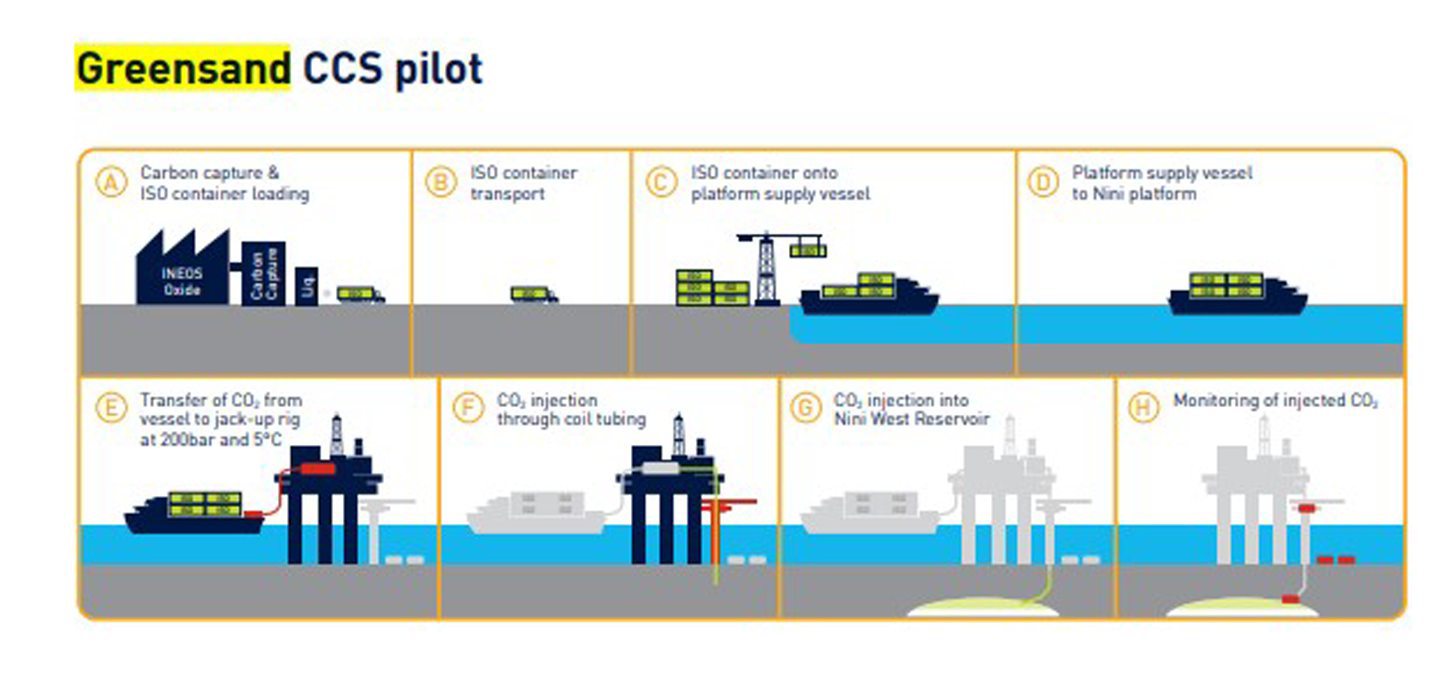
Belgium and Denmark have entered into a “ground-breaking agreement” allowing captured C02 to be shipped across their borders and stored under the North Sea.
It means Ineos can now proceed with its Project Greensand pilot, aimed at capturing 1.5 million tonnes of C02 by 2025, escalating to eight million by 2030.
The scheme will be the North Sea’s first trial of the full supply chain for capture and storage of emissions, which will now proceed later this year.
CO2 emissions from INEOS’ Zwijndrecht plant to be transported through the Port of Antwerp to its Nini platform in the Danish North Sea where it will be permanently stored.
There is currently no captured CO2 in Denmark that is suitable for storage in connection with the demonstration phase of Greensand. But with the new agreement, it will be possible to transport captured CO2 from INEOS in Belgium to Project Greensand’s storage locations in the North Sea.
Project Greensand pilot
Soren Reinhold Poulsen, director of Project Greensand, said: “We are very pleased that the Danish Minister of Climate, Energy and Energy Supply and the Deputy Prime Minister and Minister of North Sea of the Belgian government as well as the Flemish Minister of Justice and Enforcement, Environment and Energy have concluded this groundbreaking agreement.
“It has been the subject of many and lengthy negotiations – and we would like to acknowledge their great efforts. This is an important step forward to continue Project Greensand, which is making an important contribution to the green transition in Denmark.”
Belgian Federal deputy prime minister, and minister for the North Sea, Vincent Van Quickenborne, added: “The Greensand project is one of the leading CO2 storage projects in Europe. This is a promising technology. We have signed an agreement with Denmark to cooperate on this so that we can store our captured CO2 in their empty oil and gas fields.
Recommended for you


 © Supplied by INEOS
© Supplied by INEOS